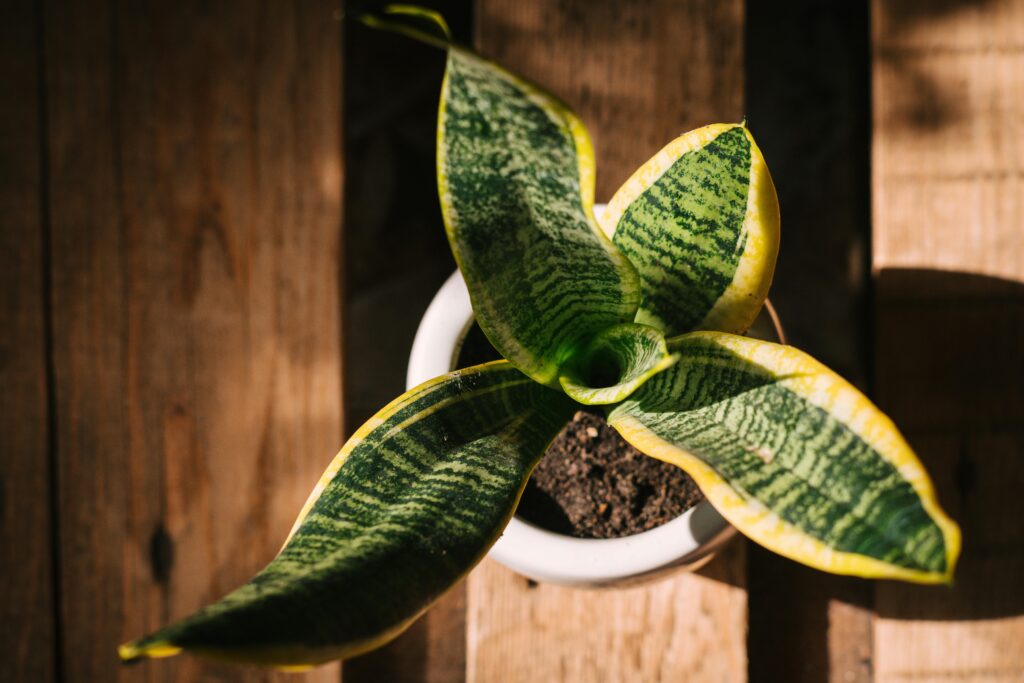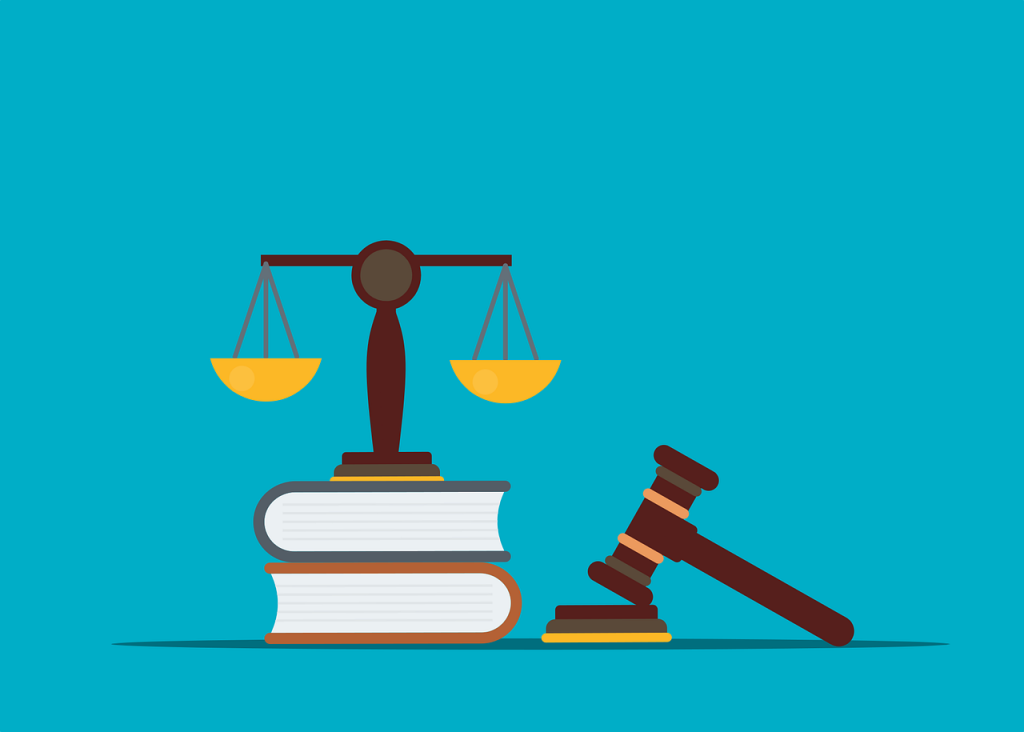Published on 20th February 2025
Authored By: Rohith Kanth.R
Chennai Dr Ambedkar Government Law College, Pudupakkam
Abstract
The juvenile justice system has a grave task of grappling with the needs of young offenders with rehabilitation and responsibility. While being highly punishment-oriented, the criminal justice system for adults is the opposite of rehabilitation, reintegration, and developmental considerations. The Indian juvenile justice has gradually evolved, from being highly punitive to having a reform focus. The Juvenile Justice (Care and Protection of Children) Act, 2015, enunciates a child-centric approach that distinguishes between a child in conflict with the law and a child who requires care and protection. Rehabilitation processes are taken up through specific Juvenile Justice Boards and child-friendly homes, wherein children are enrolled for skill development as well. Such socio-economic factors as illiteracy, poverty, or even a lack of parental care can multiply juvenile delinquency and would hence require preventive remedies. The amendment in 2015 brought forth debates regarding how juveniles accused of such heinous crimes could be managed-forcing rehabilitation against accountability. While issues with this exist, such as physical infrastructures and social stigma, the Indian juvenile justice system grants opportunities to individuals who committed those crimes and gets them back to society early. This is an evolving framework by commitment to rights that are due for children without ignoring the fact that young people also need justice, with a look for redemption instead of punishment.
Keywords: Juvenile, Rehabilitation, Accountability, Juvenile justice
Introduction
The juvenile justice system significantly shapes the futures of adolescent offenders. The juvenile justice system treats young people with love and care. It fulfills their developmental needs. It also helps to have a better future and the development of life skills. Rehabilitation is taken above punishment. Accountability ensures that young people know the consequences of their actions, but effective rehabilitation focuses on the treatment of the underlying issues, such as trauma and substance misuse. The juvenile justice system stands at the heart of the more general framework of legal and social policy by confronting the crimes committed by young people who are still living to their distinctive needs as developing humans. Contrary to the adult criminal justice system, which usually focuses on punishment, the juvenile justice system is essentially constructed on the principles of rehabilitation and reintegration. The juvenile justice system is an integral part of society.
Historical Evolution of the Juvenile Justice System
The juvenile justice system has undergone a sea change over the years. In the United States, reformers established separate courts for children during the 19th century and focused on rehabilitation rather than punishment. Cook County, Illinois, was the first county to institute a juvenile court in 1899[1]. Treating young offenders as “miniature adults” gave way to a more humane, restorative approach in the juvenile justice system. A significant turning point was reached in 1899 when the first juvenile courts were formed in Chicago and Denver. Previously, juvenile criminals received the same penalties as adults. Important improvements were brought about during the progressive age. Instead of just penalizing young offenders, the system now seeks to identify and address the underlying reasons for juvenile wrongdoing. Treating young offenders as “miniature adults” gave way to a more humane, restorative approach in the juvenile justice system. A significant turning point was reached in 1899 when the first juvenile courts were formed in Chicago and Denver.
Nirbaya case:
A horrifying gang rape and murder that occurred in Delhi on December 16, 2012, rocked the country. A 23-year-old student paramedic and her male friend watched a movie before boarding a private bus1. The bus driver was one of six men who viciously attacked them, gang-raping and assaulting her partner. After raping the woman at the back of the bus, the attackers struck her partner with an iron rod. Vinay Sharma, Mukesh Singh, Ram Singh, Pawan Gupta, Akshay Thakur, and a minor were the six accused. On December 29, 2012, the victim passed away in a Singaporean hospital after suffering severe injuries: The violent gang rape and killing of 23-year-old Jyoti Singh, a physiotherapy student, in Delhi in December is known as the Nirbhaya case.
A Pune Car Accident Case:
Pune Car Crash in 2024 A young driver from Pune will kill several people in a terrible vehicle accident in 2024, it was prophesied. The reckless driving and the flagrant disregard for human life associated with the incident heightened the debate on juvenile punishment. The question was whether this young man who caused such loss of life should be given the same leeway as the others who commit minor crimes. The accident brought up questions about responsibility and the message that was sent to the public about the consequences of such behavior.
The Role of the Juvenile Justice Board
The Juvenile Justice Board, at the heart of the juvenile justice system, helps children who fall into conflict. The Juvenile Justice (Care and Protection of Children) Act of 2015 states that this board must necessarily adopt a more reformative instead of punitive method, as per the belief of the growth possibility of young minds. The JJB employs a multidisciplinary approach when handling cases involving juveniles, and its primary focus is investigating offenses committed by juvenile children while upholding a child-focused approach with dignity and rights respected. It focuses on investigating the causes of delinquent tendencies. This would be the backbone of the Juvenile Justice system, which offers services to kids who have gone wrong with the law. The belief of the reformative rather than punitive approach would be of Juvenile Justice Boards (JJB) as believed through the Juvenile Justice (Care and Protection of Children) Act, 2015. A Judicial Magistrate along with two social workers, one being a lady, constitutes the JJB. It solves problems concerning children’s use of a multidisciplinary approach. Its main function is the investigation of crimes committed by children through a child-centered approach and maintaining their rights and dignity intact.
The Impact of Socio-Economic Factors on Juvenile Justice Outcomes in India
Socio-economic factors have played an extremely significant role in the outcomes of Indian juvenile justice. Economic inequality forces youth into increasingly vulnerable positions frequently, pushing the youth towards criminality in search of survival or from lack of better opportunities for education and employment. Children belonging to lower socio-economic groups are comparatively more at risk of having contact with the juvenile justice system, and by structural bias often get worse treatments under it as well. Also, what determines their conduct and actions most is family interaction, parents being involved with children, and having support within their respective communities. Sometimes in many of the worst cases, no mental health and educational inputs have created a bigger situation, and among youthful offenders, there is still more chance for recidivism.
Reimaging Juvenile Justice in India: Alternative Solutions
To envision new juvenile justice, a revolutionary strategy based on rehabilitation rather than punishment and restorative justice models of reconciliation among offenders, victims, and the community is required. While diversion programs for minor offenders provide alternative routes of diversion away from formal court processes, community-based programs could engage at-risk adolescents through vocational training and mentorship. Given the significant role of mental health, counseling services should be included in the juvenile justice system, and educational opportunities provided within detention facilities to bring skills to young people. Involving the family is important; workshops and other treatments can be provided to improve support networks and family bonding. In addition to their training, judicial and law-enforcement authorities require legislative reforms of the current statutes that update the law to protect the rights of juveniles fully.
Historical evolution of juvenile Justice from punishment to rehabilitation
Historically, the development of juvenile justice in India has been evolutionary from a punitive approach to a rehabilitative approach. The Indian Penal Code of 1860 did not considerably distinguish between adult and juvenile offenders; young offenders were meted out heavy punishments. However, the Reformatory Schools Act of 1897 marked a shift. It set up reformatory schools for juvenile offenders who were convicted of crimes.
The Constitution of India post-independence stressed the protection of children’s rights and, therefore, their developmental needs. The landmark Children Act of 1960 created separate courts and institutions for juveniles, focusing on their welfare and rehabilitation. However, it lacked uniformity because different states implemented varying laws.
The Juvenile Justice Act of 1986 brought a change, standardizing the treatment of juveniles all over the country. It has since been substituted by the Juvenile Justice (Care and Protection of Children) Act, 2000, bringing it in consonance with the United Nations Convention on the Rights of the Child. This act has emphasized rehabilitation, counseling, and skill development instead of punishment.
The 2015 amendment brought a contentious provision for the trial of juveniles between 16 and 18 years of age, accused of serious crimes, as adults, raising controversies on the issue of rehabilitation and accountability. However, India’s juvenile justice system still focuses on reformative measures, which signifies a commitment to the nurturing of young lives.
Legal provisions for Juvenile delinquency in India
A thorough framework for managing child cases in India is provided under the Juvenile Justice (Care and Protection of Children) Act, 2015. Section 27[2] of the Criminal Procedure Code 1973 states that special regard is given to offenses committed by adolescents. A kid under the age of sixteen may be tried by a Chief Judicial Magistrate Court or courts with additional jurisdiction granted under the Children Act of 1960 for a crime that carries no life sentence or death penalty. Courts that Prioritize the Rehabilitation of Young Offenders The law, which was passed on December 31, 2015, and went into effect on January 15, 2016, shows how committed India is to safeguarding and rehabilitating young criminals.
Juvenile justice in India: addressing the needs of Vulnerable children
Juvenile justice in India is an evolution toward a framework, very critical, and has amalgamated approaches, social, and rehabilitative toward handling the concerns of vulnerable children. Children involved with the law have usually emerged from marginalized backgrounds: poverty-stricken, neglected, abused, and without access to education or health. Aware of this, India’s concept of the juvenile justice system, over time has moved away from punishment and only focused on rehabilitative measures on the child.
This one is based upon the Juvenile Justice (Care and Protection of Children) Act, 2015, which gives clear discrimination between children who conflict with the law and those who need care and protection, focusing the rehabilitation, counseling, and reintegration into social life. For such children, there are the Special Juvenile Justice Boards and the Child Welfare Committees that are constituted to assess such children’s overall needs.
India’s juvenile justice system focuses on delinquency prevention as well by eradicating root causes such as poverty, lack of education, and family instability. Child-friendly homes, skill development programs, and psychological support empower children with lower recurrence rates.
However, these legal provisions themselves have challenges against inadequate infrastructures, backlogs in processes, and society’s stigma. There is a great need for concerted efforts from diverse government bodies as well as NGOs to enhance the justice mechanism so that it could safeguard the child’s rights but also secure the future of such a child.
Conclusion
The juvenile justice system plays a pivotal role in the society. A justice system that integrates an education community that supports therapy rehabilitation alongside appropriate consequences, offers the best chance for preventing juvenile delinquency and guiding youth towards a positive future. Finally, we could conclude that young people can grow more easily than adults. Rehabilitation is more effective than punishment. Teenagers who make mistakes can change and grow. So, it is the duty to focus on them, not just punish them. The Juvenile Justice system differs from the adult criminal justice system. They are designed to provide more effective support to educational counseling and family support to help Juveniles overcome the factors of criminal behavior. This research article explores multiple aspects of juvenile justice.
References
[1] Pratham Mishra, Juvenile Justice System: Balancing Rehabilitation and Accountability with a Focus on India (the legal quorum,10th October 2024) < https://thelegalquorum.com/juvenile-justice-system-balancing-rehabilitation-and-accountability-with-a-focus-on-india/ > last accessed on 12 January 2025
[2] Criminal Procedure Code 1973, S 27




